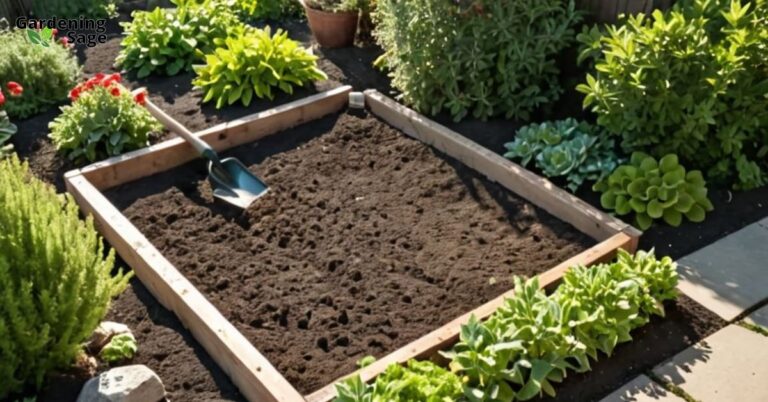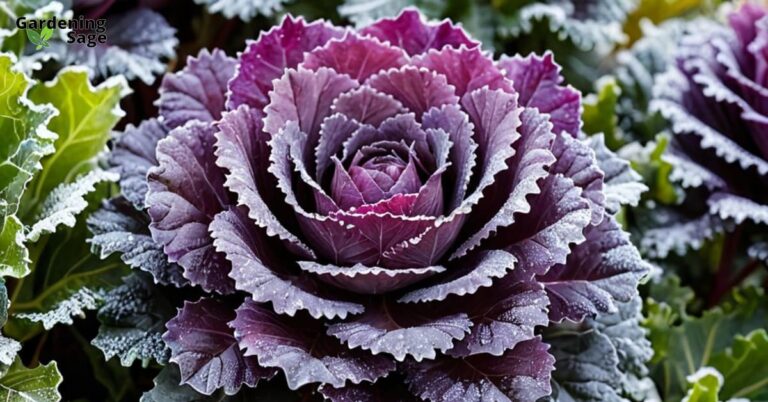Beginning Your Jade Plant Pruning Journey
Embarking on the journey of pruning a jade plant can seem like a formidable task for those new to gardening. However, it’s a vital part of plant care that ensures the health and aesthetic appeal of your beloved succulent. Pruning transforms the jade plant into an elegant, miniature tree reminiscent of a bonsai. By adhering to a few straightforward tips, even novice gardeners can gain the necessary confidence and learn the proper techniques required for the strategic pruning of a jade plant.
Understanding the growth patterns and recognizing the signs that indicate when your jade plant needs pruning are the first steps. The jade plant, with its thick, woody stems and plump, glossy green leaves, can become quite top-heavy if not properly maintained. This can lead to a lopsided appearance or even cause the plant to topple over. Regular pruning not only prevents this but also contributes to a more balanced and visually appealing form.
Why Prune a Jade Plant
Pruning a jade plant is not just about maintaining its appearance; it serves several crucial purposes:
- It maintains a compact, shrubby shape, enhancing the ornamental bonsai aesthetic, which is highly sought after by enthusiasts and casual gardeners alike.
- Removing excessive growth prevents legginess, where the plant becomes stretched and spindly, and instead promotes a bushier new growth that is more visually pleasing and structurally sound.
- Cutting back water shoots and wayward branches that do not conform to the desired shape helps in retaining the plant’s form, ensuring it remains attractive and well-proportioned.
- Pruning stimulates the production of new shoots and leaves, which is essential for the rejuvenation of the plant, encouraging a lush, vibrant appearance.
Additionally, pruning can help in the early detection of any potential problems such as pests or diseases. By regularly inspecting your jade plant as you prune, you can catch issues early and take appropriate action to keep your plant in optimal health.
When to Prune Your Jade
Timing is everything when it comes to pruning your jade plant. Early spring, just as the plant is exiting its winter dormancy, is the optimal time for renewal pruning. This is when the plant’s energy is directed towards new growth, and pruning can encourage a vigorous and robust development. During the active growing season, the plant is more resilient and can recover more quickly from the stress of pruning.
Corrective pruning, which addresses any undesirable growth or shape issues, can also be done during the summer months. This allows you to manage errant branches that may have developed and maintain the plant’s form without waiting for the next major pruning session.
It is advisable to avoid pruning in fall and winter when the plant’s growth has slowed, and it is preparing for or is in a state of dormancy. Pruning during this time can be detrimental, potentially stunting the plant’s growth in the spring. The jade plant’s energy reserves are lower during the colder months, and it may not heal as effectively from pruning cuts, which can lead to an increased risk of infection or disease.
How to Prune a Jade Plant
To ensure a successful pruning session, follow these detailed steps for pruning jade plants:
- Begin with clean, sterilized pruners to prevent the spread of disease. Make your cuts just above leaf nodes, which are the points on the stem where leaves are attached. This encourages the plant to branch out at that point.
- Identify and remove water shoots, which are fast-growing vertical branches that can sap energy from the main structure of the plant. Also, remove any inward-facing branches that are rubbing against the center of the plant, as this can cause damage and disease.
- When trimming branches, make your cuts just above an outward-facing leaf. This technique directs new growth outward, which contributes to a fuller, bushier plant.
- Thin out overly dense interior branches to allow light and air to penetrate the plant’s canopy. This not only improves the plant’s health by reducing the risk of disease but also ensures that the inner leaves receive sufficient light to thrive.
- Pinch back leggy growth to stimulate branching and compactness. This is particularly important for maintaining the plant’s shape and encouraging a dense, lush appearance.
- When making cuts, do so evenly across the stem at a 45-degree angle. This angle helps to prevent moisture buildup on the cut surface, which can lead to rot and disease.
Exercise caution not to remove more than 20% of the plant at any one time. Overpruning can cause undue stress to the plant and may lead to a weakened state, making it more susceptible to pests and diseases. Instead, focus on maintaining the desired ornamental shape and health of the plant through judicious pruning.
Caring For Your Jade Post-Pruning
After pruning, it’s crucial to support your jade plant’s recovery with proper care:
- Allow the cut wounds to callus over before watering to prevent rot. This process can take a few days, during which the plant should be kept dry.
- Resume watering moderately once the cuts have healed, and you observe new growth. Overwatering can be detrimental, especially when the plant is in a vulnerable state post-pruning.
- Place the jade plant in a location with bright, indirect light. Direct sunlight can be too intense for a freshly pruned plant and may cause sunburn to the exposed cuts.
- Apply a balanced, water-soluble fertilizer to provide the necessary nutrients and energize new growth. This should be done sparingly, according to the product’s instructions, to avoid over-fertilization, which can harm the plant.
With the right approach to pruning and aftercare, your jade plant will not only recover but will flourish, transforming into a healthy, sculpted miniature tree that is a testament to your gardening skills. The rewards of your efforts will be evident in the plant’s enhanced beauty and vitality, making it a standout feature in your home or garden.














